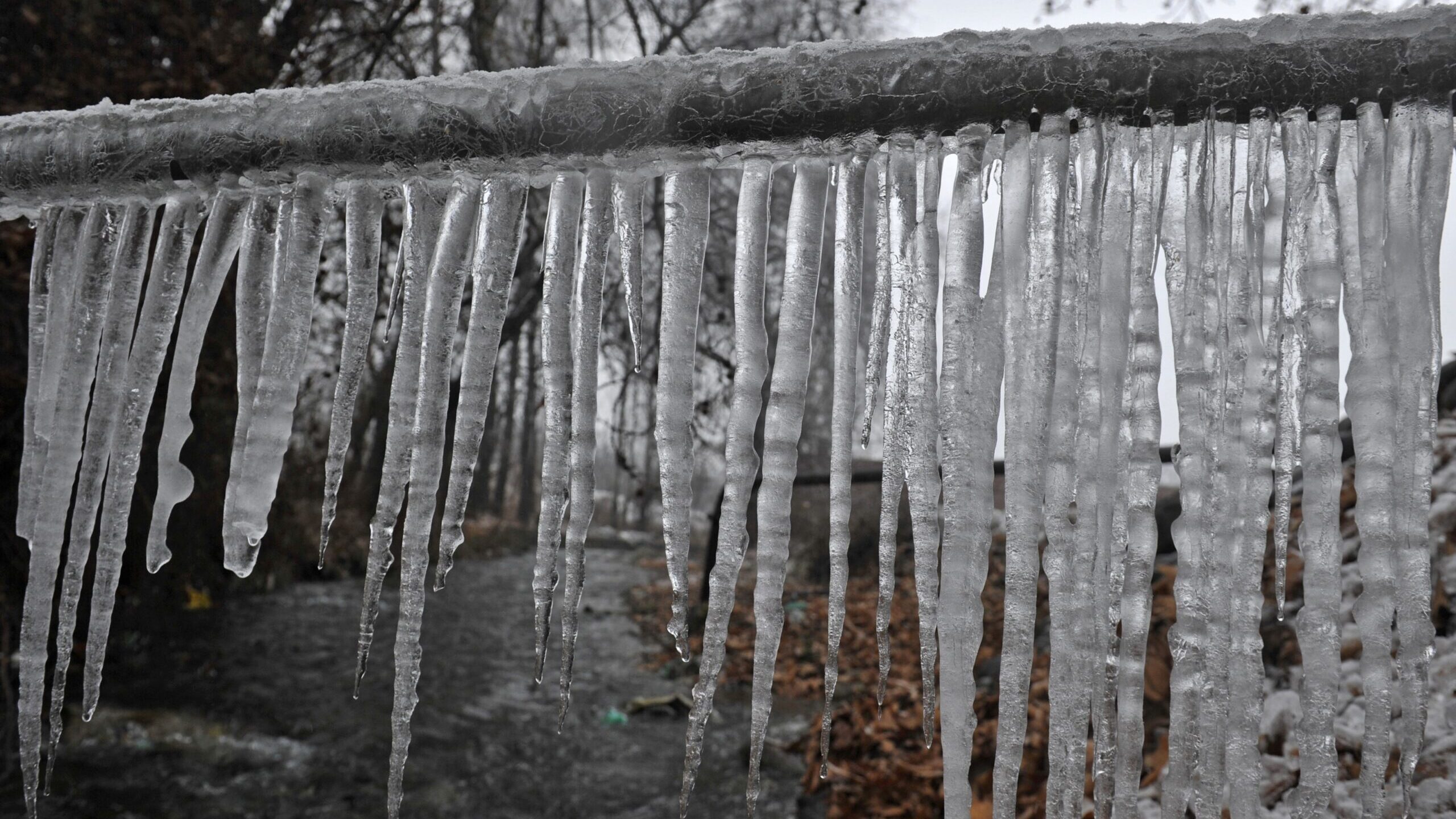Avoiding Frozen Plumbing: Top Tips for Cold Weather
Avoiding Frozen Plumbing: Top Tips for Cold Weather
Blog Article
The article directly below pertaining to How to prepare your home plumbing for winter weather is really motivating. Don't overlook it.

Cold weather can ruin your plumbing, particularly by freezing pipelines. Here's how to stop it from occurring and what to do if it does.
Intro
As temperatures decrease, the danger of icy pipelines boosts, potentially causing expensive repair work and water damage. Comprehending exactly how to stop frozen pipelines is crucial for house owners in cool environments.
Recognizing Icy Pipes
What triggers pipelines to freeze?
Pipes ice up when subjected to temperature levels below 32 ° F (0 ° C) for expanded periods. As water inside the pipelines ices up, it increases, taxing the pipe wall surfaces and possibly causing them to break.
Dangers and damages
Icy pipes can bring about water interruptions, residential property damage, and costly repairs. Ruptured pipelines can flood homes and trigger extensive structural damages.
Signs of Frozen Water Lines
Determining icy pipes early can prevent them from rupturing.
Exactly how to identify icy pipes
Seek reduced water circulation from taps, unusual odors or noises from pipes, and visible frost on exposed pipes.
Prevention Tips
Insulating susceptible pipelines
Cover pipelines in insulation sleeves or utilize warm tape to safeguard them from freezing temperatures. Concentrate on pipes in unheated or exterior locations of the home.
Home heating methods
Keep indoor areas appropriately heated up, especially locations with plumbing. Open closet doors to permit warm air to flow around pipes under sinks.
Protecting Exterior Plumbing
Yard hose pipes and exterior faucets
Separate and drain yard hose pipes prior to winter months. Mount frost-proof faucets or cover outdoor faucets with shielded caps.
What to Do If Your Pipelines Freeze
Immediate activities to take
If you believe icy pipes, keep faucets open to ease pressure as the ice thaws. Use a hairdryer or towels taken in hot water to thaw pipelines gradually.
Long-Term Solutions
Structural modifications
Consider rerouting pipelines far from outside walls or unheated areas. Add added insulation to attic rooms, basements, and crawl spaces.
Upgrading insulation
Buy top notch insulation for pipes, attics, and walls. Appropriate insulation aids preserve consistent temperature levels and lowers the threat of frozen pipes.
Verdict
Stopping icy pipes requires proactive measures and quick responses. By understanding the reasons, indicators, and preventive measures, house owners can safeguard their plumbing throughout winter.
5 Ways to Prevent Frozen Pipes
Drain Outdoor Faucets and Disconnect Hoses
First, close the shut-off valve that controls the flow of water in the pipe to your outdoor faucet. Then, head outside to disconnect and drain your hose and open the outdoor faucet to allow the water to completely drain out of the line. Turn off the faucet when done. Finally, head back to the shut-off valve and drain the remaining water inside the pipe into a bucket or container. Additionally, if you have a home irrigation system, you should consider hiring an expert to clear the system of water each year.
Insulate Pipes
One of the best and most cost-effective methods for preventing frozen water pipes is to wrap your pipes with insulation. This is especially important for areas in your home that aren’t exposed to heat, such as an attic. We suggest using foam sleeves, which can typically be found at your local hardware store.
Keep Heat Running at 65
Your pipes are located inside your walls, and the temperature there is much colder than the rest of the house. To prevent your pipes from freezing, The Insurance Information Institute suggests that you keep your home heated to at least 65 degrees, even when traveling. You may want to invest in smart devices that can keep an eye on the temperature in your home while you’re away.
Leave Water Dripping
Moving water — even a small trickle — can prevent ice from forming inside your pipes. When freezing temps are imminent, start a drip of water from all faucets that serve exposed pipes. Leaving a few faucets running will also help relieve pressure inside the pipes and help prevent a rupture if the water inside freezes.
Open Cupboard Doors
Warm your kitchen and bathroom pipes by opening cupboards and vanities. You should also leave your interior doors ajar to help warm air circulate evenly throughout your home.

We had been introduced to that report about 6 Ways to Prevent Frozen Pipes through an associate on another web address. In case you enjoyed reading our blog posting please make sure you remember to pass it around. Thanks so much for going through it.
Automated Marketing Report this page